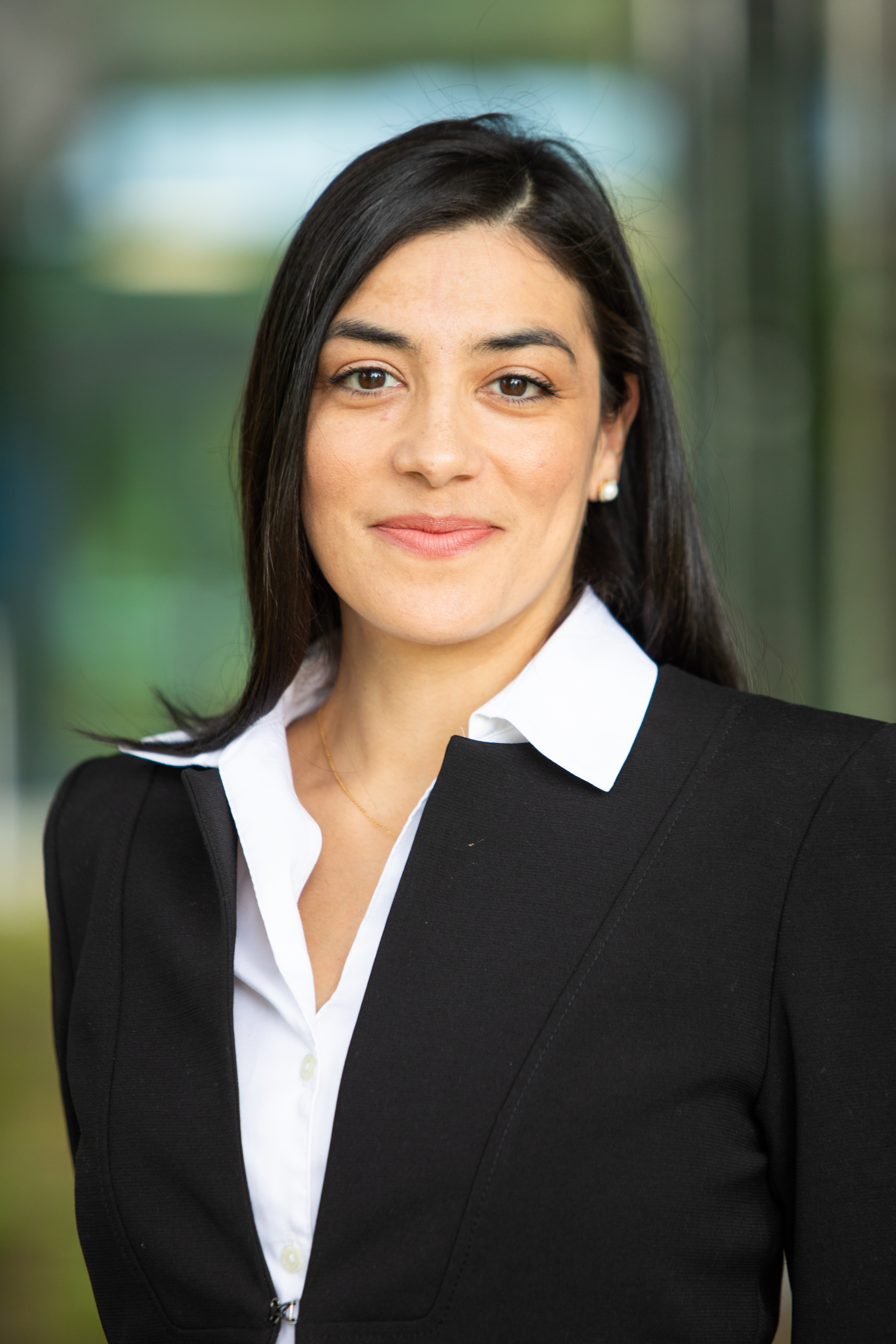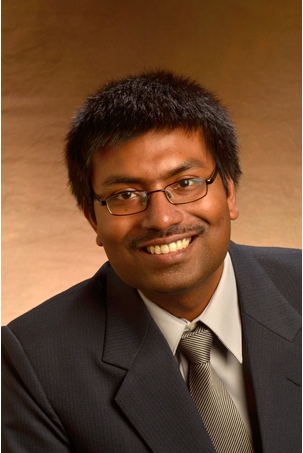One of the grand technical challenges of our generation is to get ready to feed 9 billion people by 2050 with sustainable use of water and chemicals. However, we are facing unprecedented challenges in adopting sustainable agricultural management practices, increasing production, keeping agriculture profitable and coping with deadly biotic and abiotic stresses and diseases as well as changing climate that threaten yield.
The availability of vast amounts of operational and end-user data in cyber-physical systems implies that paradigm improvements in monitoring and control can be attained via learning by many artificial intelligence agents despite them possessing vastly different abilities. Engaging this heterogeneous agent base in the context of the smart grid requires the use of hierarchical markets, wherein end-users participate in downstream markets collectively through aggregators, who in turn are coordinated by an upstream market.
Understanding complex activity due to humans and vehicles in a large environment like a city neighborhood or even an entire city is one of the main goals of smart cities. The activities are heterogeneous, distributed, vary over time and mutually interact in many ways, making them hard to capture and understand and mitigate issues in a timely manner. While there has been tremendous progress in capturing aggregate statistics that helps in traffic and city management as well as personal planning and scheduling, much of this work ignores anomalous patterns.
This project investigates fundamental techniques for building mathematical models that can be safely used to make trustworthy predictions and control decisions. Mathematical models form the foundation for modern Cyber-Physical Systems (CPS). Examples include vehicle models that predict how a car will move when brakes are applied, or physiological models that predict how the blood glucose levels change in a patient with type-1 diabetes when insulin is administered. The success of machine learning tools has yielded data-driven models such as neural networks.
Advances in artificial intelligence (AI) implemented with neural networks and other machine learning techniques have transformed what computers can accomplish. Despite their potential, AI has had comparatively less impact on cyber-physical systems (CPS). Many CPS interact with the physical world where safety is important, so a solution with superior performance 99.9% of the time may still be unacceptable for a CPS. Unfortunately, AI systems are hard to prove correct ? it is difficult to trust the systems will always do what they are designed to do.
The goal of this project is to achieve coordination and localization among robots, even if some of the robots are behaving in an untrustworthy way. The approach is to use communication signals, and to control the motion of some robots, to learn about the environment and other agents in a way that provably supports coordinated behaviors. Multi-agent Cyber-Physical Systems (CPS) are poised for impact in society as self-driving cars, delivery drones, and disaster response robots.
The aim of this proposal is to enable people to control robots remotely using virtual reality. Using cameras mounted on the robot and a virtual reality headset, a person can see the environment around the robot. However, controlling the robot using existing technologies is hard: there is a time delay because it?s slow to send high quality video over the Internet. In addition, the fidelity of the image is worse than looking through human eyes, with a fixed and narrow view.
Most preK-12 school districts in the United States dedicate significant resources to safeguard against active shooters, e.g., school hardening, community planning, identification of suspicious behavior, crisis training for law enforcement, and training exercises for students, teachers, and all school personnel. However, when such an active-shooting event is in progress, only vague guidance is available to students and school personnel in the form of directives such as the "run-hide-fight" protocol.
The availability of vast amounts of operational and end-user data in cyber-physical systems implies that paradigm improvements in monitoring and control can be attained via learning by many artificial intelligence agents despite them possessing vastly different abilities. Engaging this heterogeneous agent base in the context of the smart grid requires the use of hierarchical markets, wherein end-users participate in downstream markets collectively through aggregators, who in turn are coordinated by an upstream market.
Across the country, dairy farmers are extremely vulnerable to a variety of factors, including cattle health and wellness. For example, when a cow is ill or stressed, she produces less milk. Subsequently, she might develop secondary conditions because she doesn't want to compete for food or water. For example, if a cow has separated herself from a herd, this may indicate that she is sick. Modern farmers already use a great deal of biometric information to monitor their animals, but social and psychological factors of cattle have not been well-studied.




